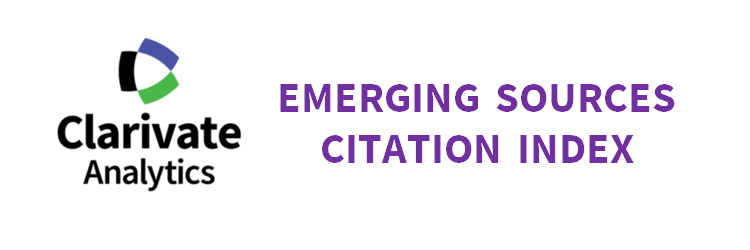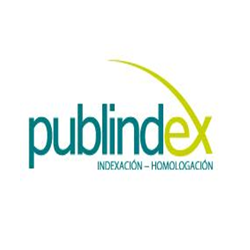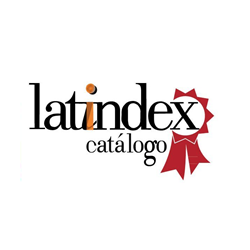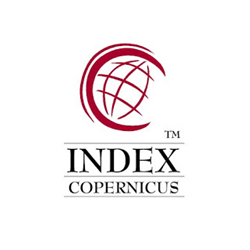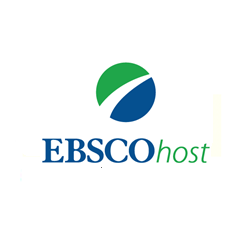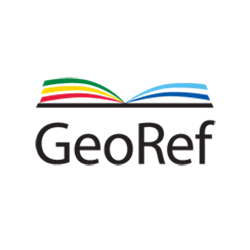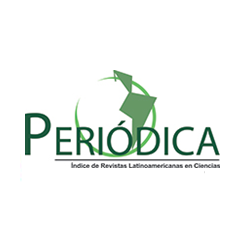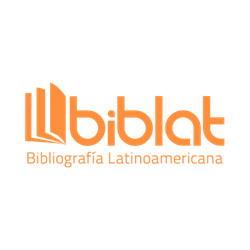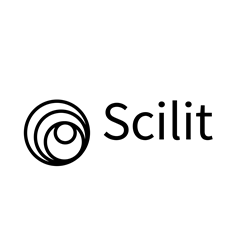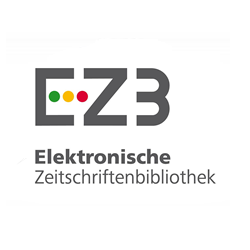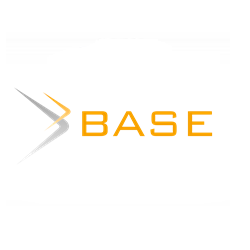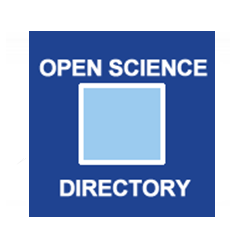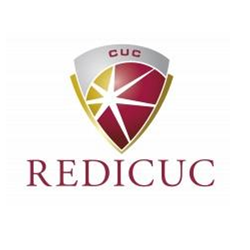Cálculo dimensional óptimo de una plata forma paralela tipo Stewart –Gough para aplicaciones pedagógicas usando algoritmos genéticos
Keywords:
Robótica, Teleoperación, Control, Algoritmos genéticos, OptimizaciónAbstract
En este artículo se propone el diseño óptimo de una plataforma paralela tipo Stewart-Gough que cubre un espacio de trabajo esférico. El cálculo de las dimensiones del robot se realizó por medio de técnicas de algoritmos genéticos. Ilustra los cálculos de cinemática inversa y del espacio de trabajo. Esta plataforma esta diseñada para aplicaciones pedagógicas en las áreas de teleoperación, control, visión y automatización usando robótica paralela. La plataforma experimental puede ser operada remotamente por usuarios de diversas universidades utilizando un lenguaje de programación bastante intuitivo y común.
Downloads
References
[2] Bianchi, R. A. C. and La Neve, A. “Studying Electrical and Computer Engineering through the Construction of Robotic Teams and Systems”. International Conference on Engineering Education (ICEE’2002). Manchester, UK.
[3] D. Stewart, “A platform with six degrees of freedom,” Proc. Inst. Mech. Eng., vol. 180, no. 1, pp. 371-386, 1965.
[4] Dapeng Tang, Shuting Chen, Yingchun Wang, ShimingJi. “ICAI Realization Method for Parallel Robot Instruction”, Advanced Materials Research, vol. 189-193, pp. 3262-3265, 2011.
[5] Dannelly, R. S. “Use of a Mobile Robot in a Data Structures Course”. The Journal of Computing in Small Colleges, Volume 15, Number 3, 2000, pp. 85-90.
[6] García, M. A. and Patterson-McNeill, H. “Learn how to develop software using the toy Lego Mindstorms”. Frontiers in Education Conference FIE’2002). Boston, Mass.
[7] Gustafson, D. “Using Robotics to Teach Software Engineering”. Frontiers in Education Conference FIE’1998). Tempe, Arizona.
[8] V. E. Gough, “Automobile stability, control, and tyre performance,” Automobile Div., Inst. Mech. Eng., 1956.
Downloads
Published
How to Cite
Issue
Section
License
Published papers are the exclusive responsibility of their authors and do not necessary reflect the opinions of the editorial committee.
INGE CUC Journal respects the moral rights of its authors, whom must cede the editorial committee the patrimonial rights of the published material. In turn, the authors inform that the current work is unpublished and has not been previously published.
All articles are licensed under a Creative Commons Attribution-NonCommercial-NoDerivatives 4.0 International License.



 English
English
 Español (España)
Español (España)
